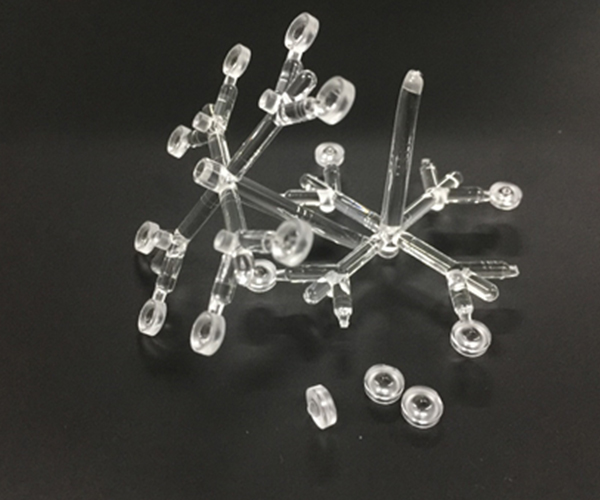The Next Growth of New Energy Vehicles: When Will the Automotive Lens Be Released?
(2023年)https://www.sunny-automotive.com/products/plastic-aspheric-lens-elements/
With the continuous evolution of the automotive industry towards Advanced Assisted Driving (ADAS) and autonomous driving, the use of automotive lenses as an essential component is increasing. In 2021, the global sales volume of automotive cameras is expected to be 172 million, and by 2026 Sales will reach 364 million. In other words, the market size of car cameras will double in five years, and car lenses account for 30% of the cost of cameras, which is optimistic about the optical factory.
Vehicle lenses have high technical barriers. The products usually need to adjust parameters with sensor chips. After 1-2 years of research and development, they are delivered to Tier 1 for assembly, and they can be supplied after 1-2 years of road verification by the car factory. The certification cycle 3-5 years. The lens automotive industry has high barriers. Sunny Inside has achieved the world's No. 1 position in the field of automotive lenses, with a market share of 34% and ADAS lens market share of over 50%.
1. What difficulties are the automotive lens supply chain currently facing?
OEMs will be shut down for various reasons such as a lack of a component, the epidemic, etc., and component companies will also be affected. From third-party data, it can be seen that global car sales fell by more than 25% in 2020, and although they recovered in 2021, they also fell by a further 2%. Once the car factory stops production, the supply of parts will also be delayed, so the reduction in the total output value of the entire car still has a significant impact on the car lens.
2. Materials of automotive lens and advantages of Chinese manufacturers
The parts of automotive lenses are relatively simple, such as glass spherical lenses, glass aspherical lenses and aspherical plastic lenses, which are optical components. There are also some structural parts, such as metal die-casting parts, plastic processing parts. In terms of competitive advantages, Chinese enterprises are firstly quick in response, and secondly, they have an advantage in cost control.
3. The impact of intelligent driving on the demand for automotive lenses
Earlier, automotive lenses were mostly used in visual applications in cars. With the development of intelligent driving, the demand for sensing applications has increased, and the pixel resolution requirements of automotive cameras and lenses have also increased. So in addition to the increase in quantity, the shape of the product is also changing.
4. The future development trend of automotive lenses and technological breakthroughs
From the application point of view, higher and higher pixels are the first major trend of car lenses, because the clearer you can see the farther, and the required pixels will be higher. The second trend is the requirement for high visibility in low light, which requires the lens to have a smaller F-number, which is equivalent to dilation of a human pupil, which can be seen more clearly in low light conditions.
From a technical point of view, future autonomous driving and unmanned driving require clear identification of the environment under various application conditions, and higher requirements for the lens to be resistant to environmental interference. For example, how to keep the camera clear of the road and pedestrians in rainy or dirty conditions. At present, due to the human intervention of the driver, the impact of the cleanliness of the car lens will not be very large, but with the development of automatic driving, the car itself is completely relied on to identify and judge in the later stage, so the requirements for the device to actively resist environmental interference will also be higher.
There are many automotive lens manufacturers, but we are one of the best choices for you.
- このできごとのURL:




コメント